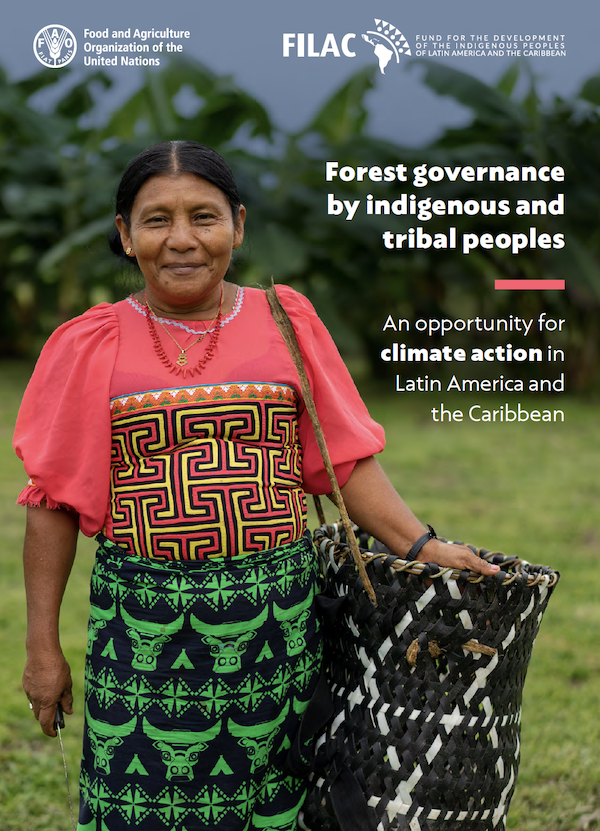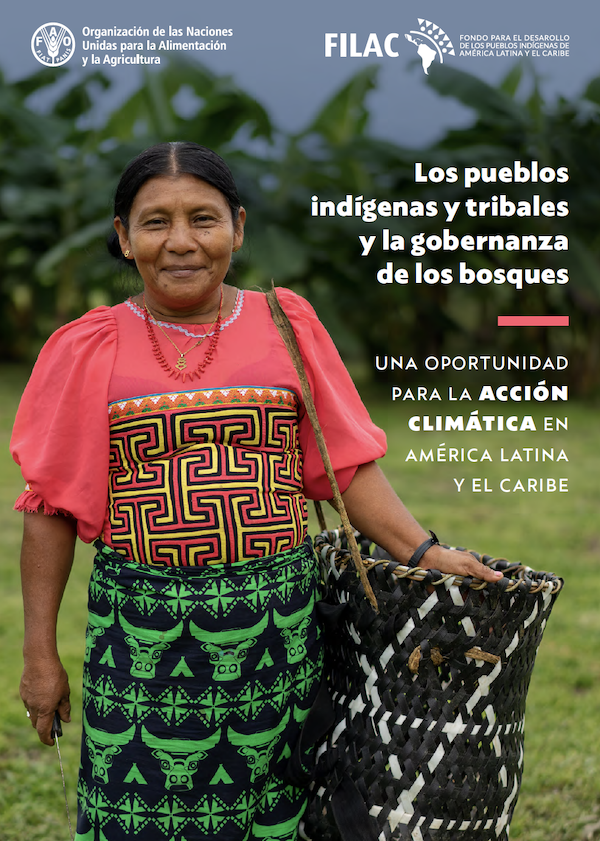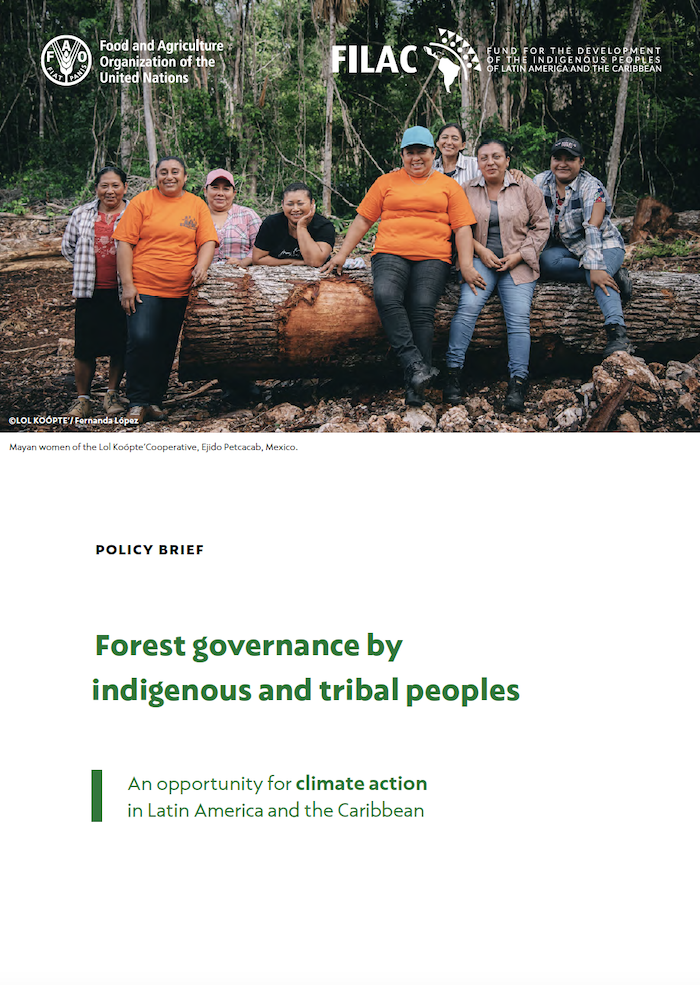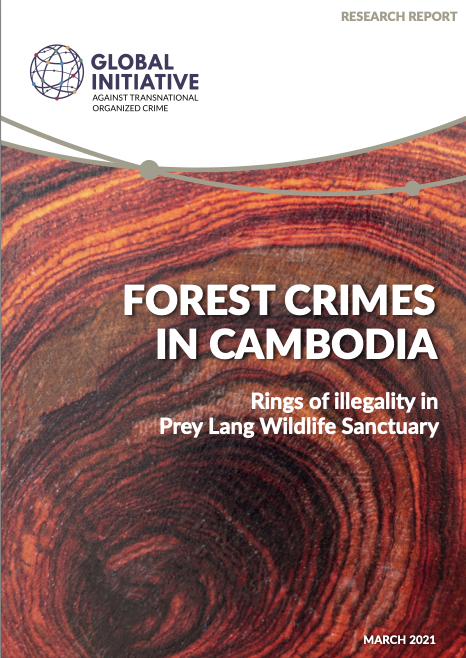Forest Area Changes in Cinque Terre National Park in the Last 80 Years. Consequences on Landslides and Forest Fire Risks
Cinque Terre, one of the most important Italian cultural landscapes, has not been spared from depopulation and agricultural abandonment processes, that involved many rural areas in Europe, as a consequence of socio-economic transformations that occurred after WWII. Depopulation of rural areas, especially in mountains or in terraced areas, caused significant environmental consequences, such as the decrease of biodiversity, the landscape homogenization, the increase of hydrogeological and forest fires risks.






